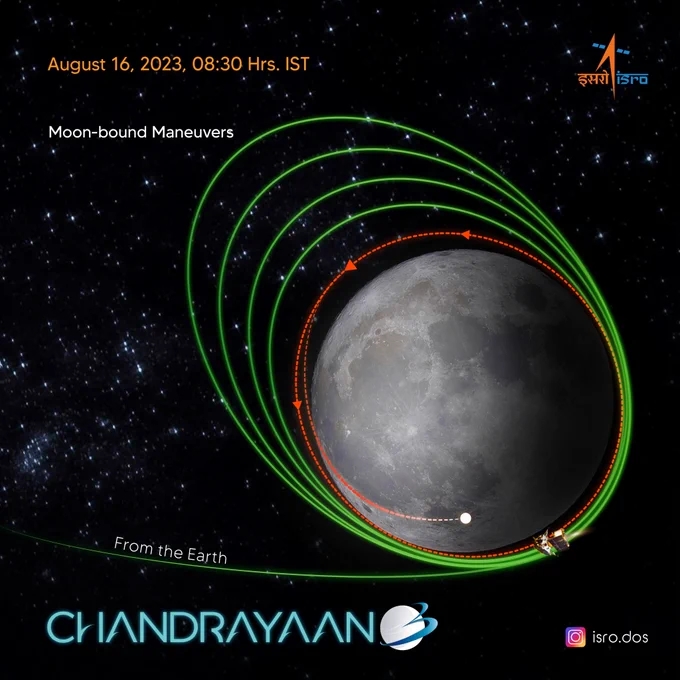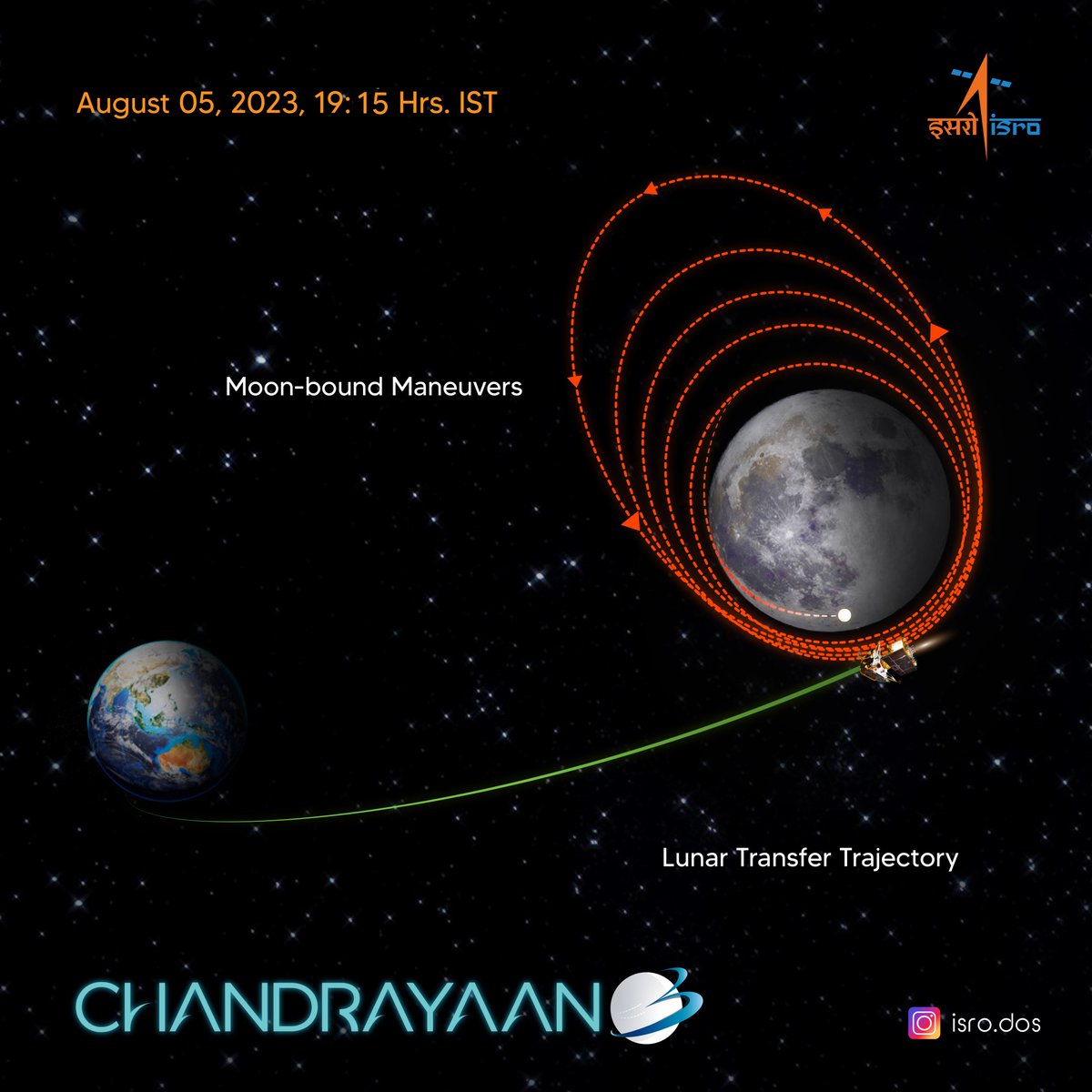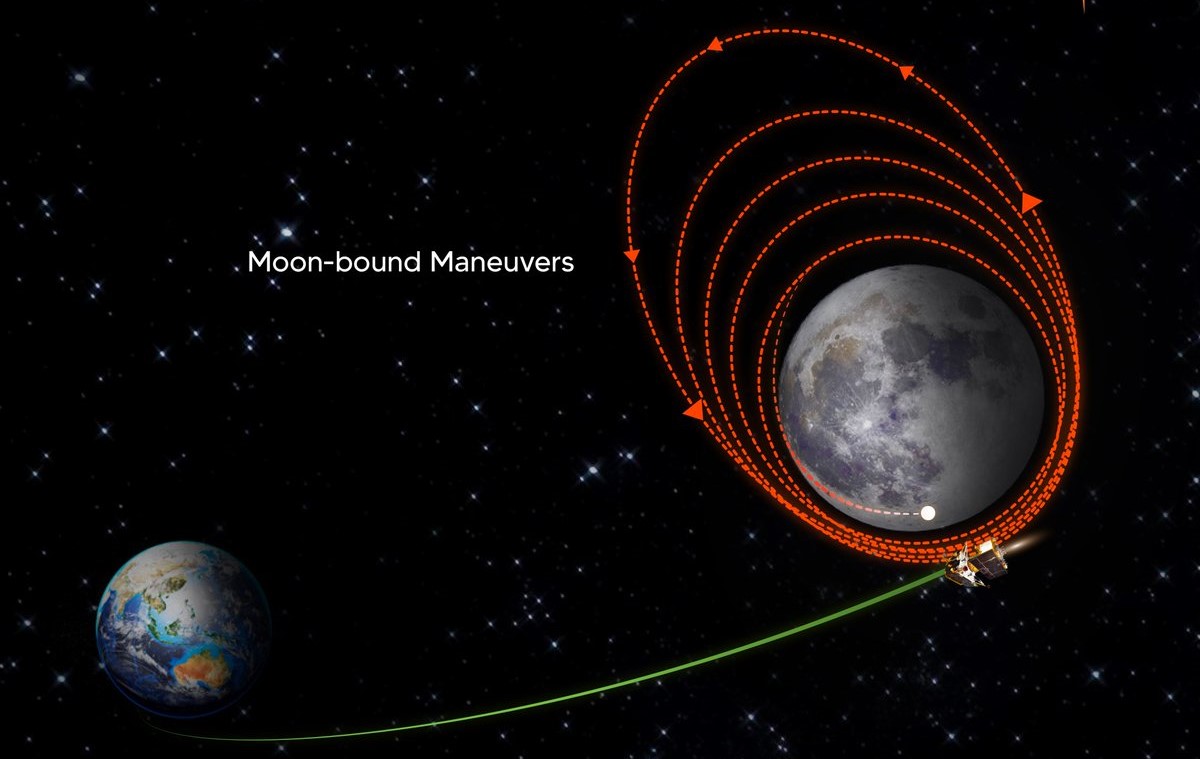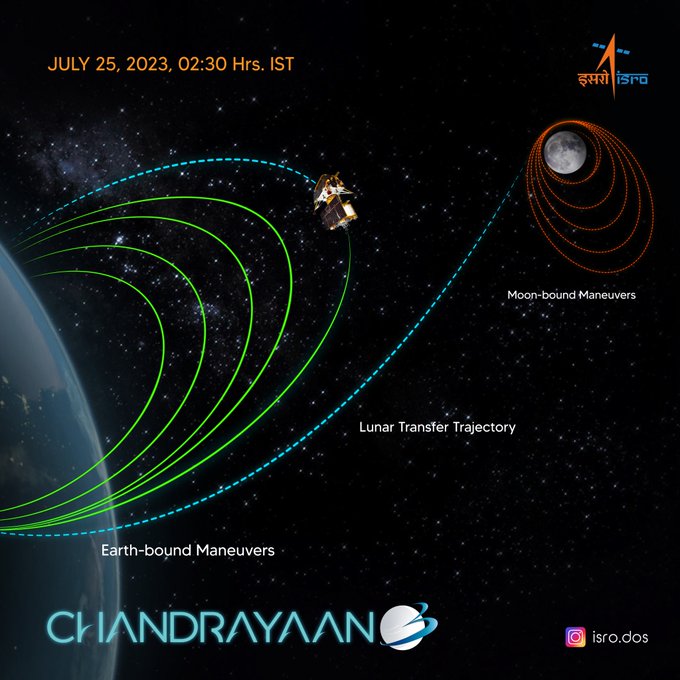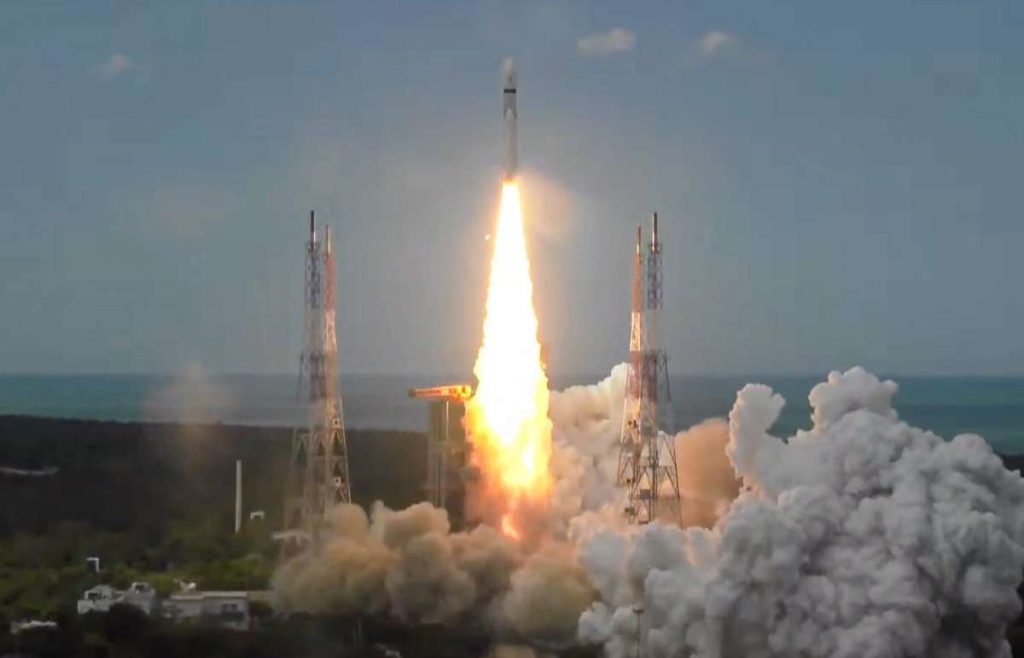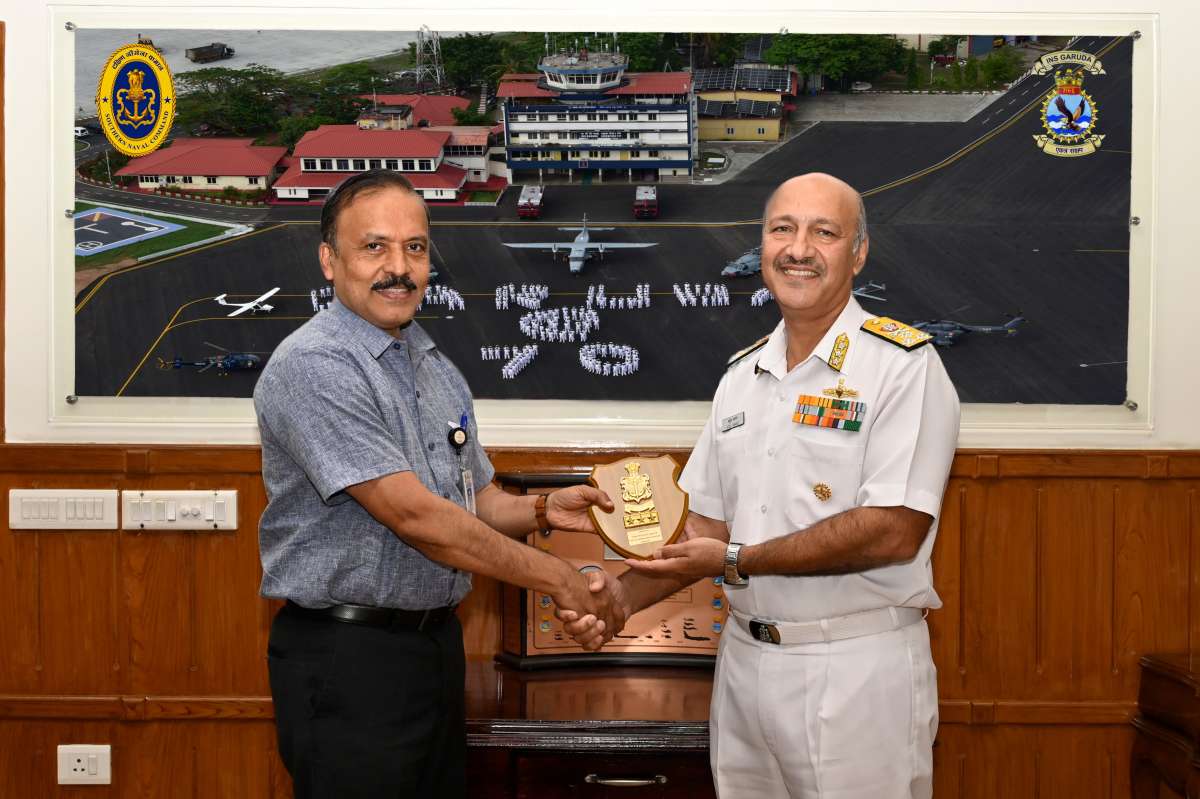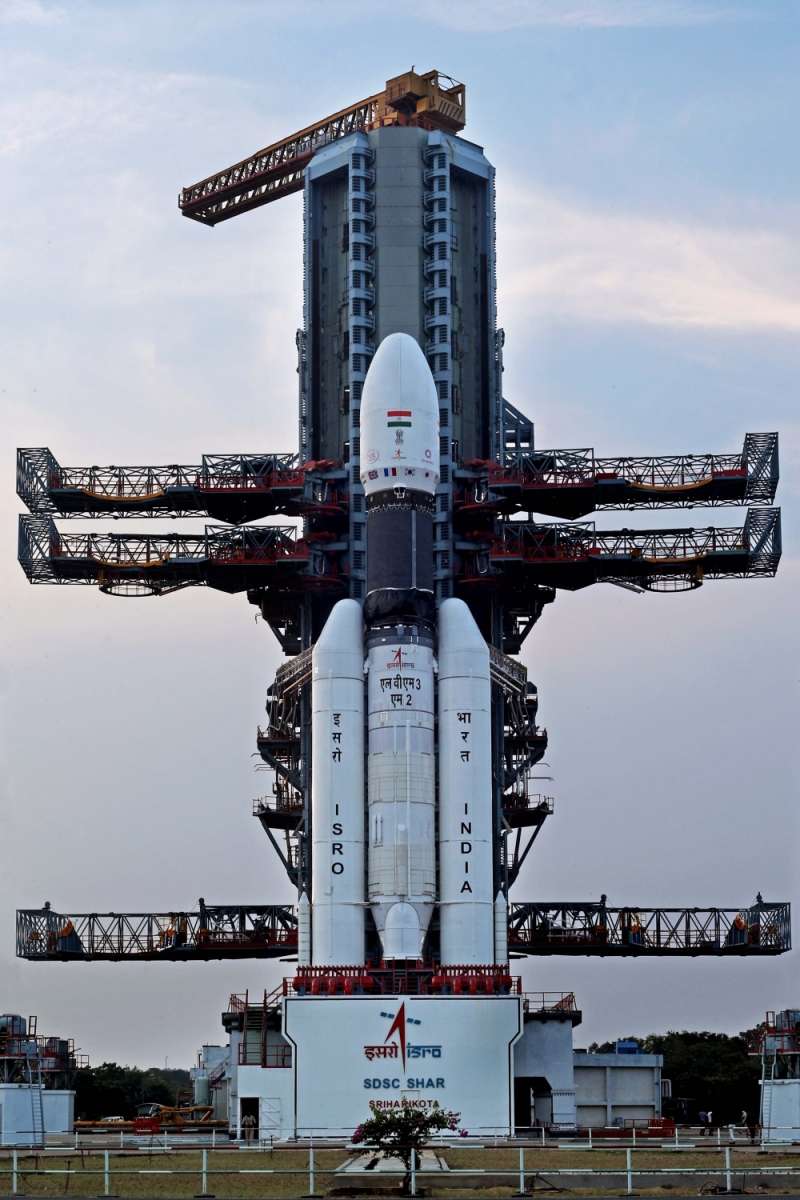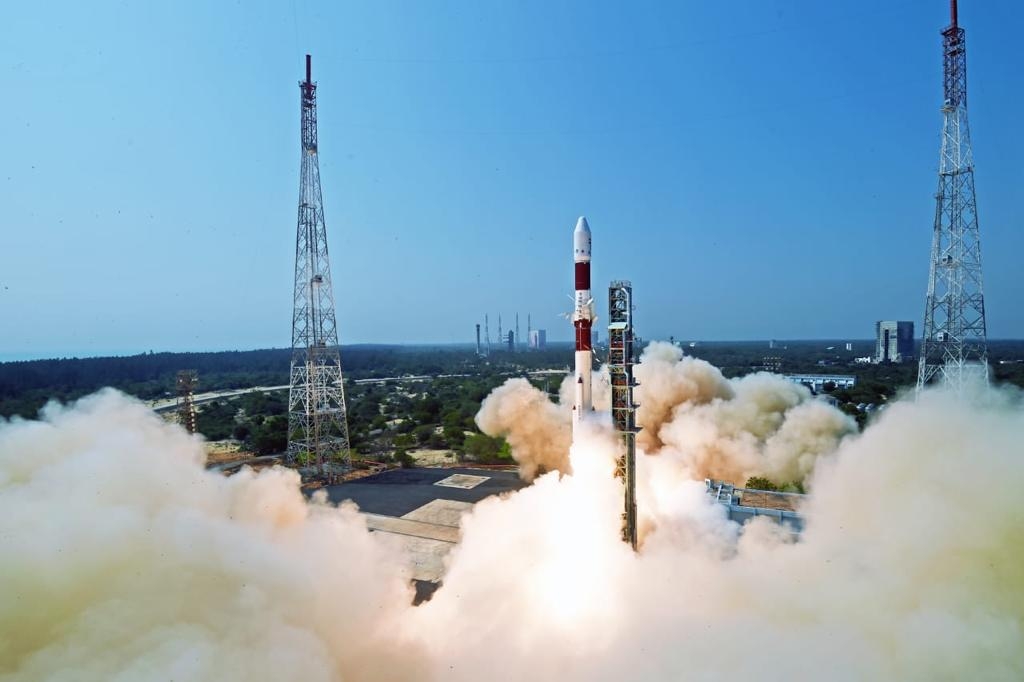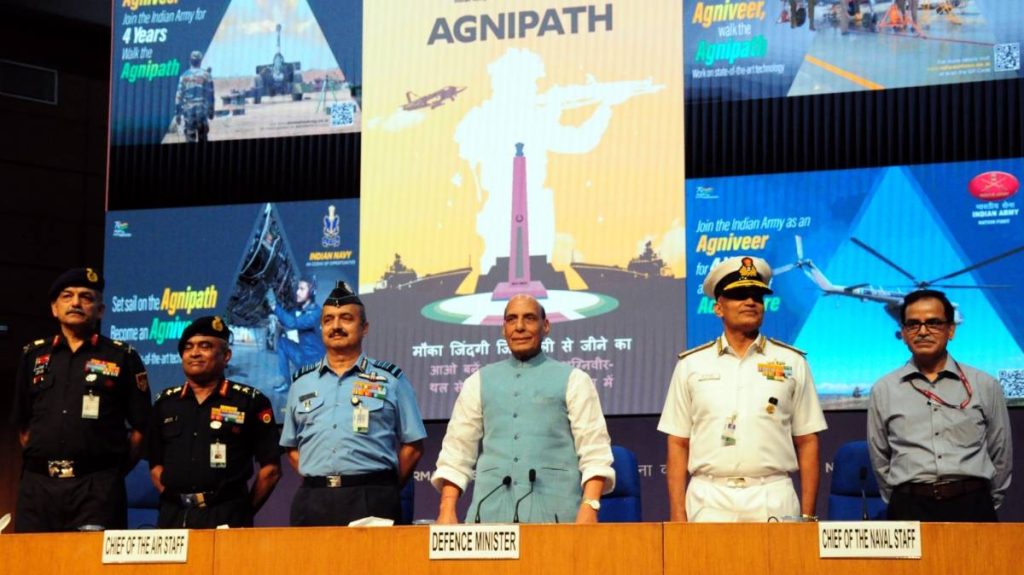ISRO has launched 36 Internet satellites into space through India’s most powerful ISRO rocket from Sriharikota…reports Asian Lite News
The Indian Space Research Organisation (ISRO) launched India’s largest LVM3 rocket carrying 36 satellites from Andhra Pradesh’s Sriharikota on Sunday morning.
LVM3 was launched from Satish Dhawan Space Centre in Sriharikota at around 9 AM. “LVM3 standing 43.5 metres tall and weighing 643 tonnes lifted off from the second launch pad rocket port carrying OneWeb’s final instalment of 36 Gen1 satellites”, said the officials.
Reportedly, the LVM3 is a three-stage rocket with the first stage fired with liquid fuel, the two strap-on motors powered by solid fuel, the second by liquid fuel and the third is the cryogenic engine.
“Just over 19 minutes after the rocket’s take off, the process of satellite separation will begin. The separation of 36 satellites will happen in a phased manner”, as informed by the officials.
Earlier social media handle of OneWeb satellite communications company and a partner in this mission took to Twitter and said, “Our golden ‘Hello World’ mission patch for this launch reflects our initiation of global coverage this year”.
One Web also mentioned the importance of collaboration between the UK and Indian space industries.
One Web further tweeted, “OneWebLaunch18 will see us launch 36 satellites with @isro and @NSIL_India from the Satish Dhawan Space Centre in Sriharikota, India. This mission marks OneWeb’s second satellite deployment from India, highlighting the collaboration between the UK and Indian space industries”.
In the year 2022 on October 23, ISRO launched 36 satellites of OneWeb. It was the first satellite deployment collaboration between the two organizations.
India to play big role
India will play a big role in the launch of OneWeb’s satellite broadband services globally according to Sunil Bharti Mittal, the executive chairman of the Low Earth Orbit (LEO) satellite communications firm, which on Sunday launched 36 Internet satellites into space through India’s most powerful ISRO rocket.
“India has a big role to play in the launch of OneWeb’s services globally. Tens of thousands of user terminals would be required with the launch of our services, and India will become a real place to manufacture these terminals, especially with the given Chinese terminals that are unlikely to be accepted in most parts of the world,” Mittal said while speaking to reporters.
The telecom tycoon, and the Executive Chairman of OneWeb, was speaking after a Launch Vehicle Mark-3 (LVM3) rocket lifted off from India’s Satish Dhawan Space Centre in Andhra Pradesh’s Sriharikota carrying 36 OneWeb broadband satellites towards’ Low Earth Orbit (LEO). Bharti Enterprises serves as a major investor and shareholder in OneWeb.
The Indian Space Research Organisation (ISRO) announced that all 36 spacecraft had been deployed successfully to an orbit about 450 kilometers above Earth. With this launch the London-headquartered firm completed placing in orbit its first generation LEO constellation, which will enable it to launch its broadband from space services globally.
Meawhile, Mittal said that he is in discussion with space authorities to identify companies in India for manufacturing user terminals at a larger scale. “I’m in discussion with the space authorities in India to see which manufacturing companies in India can step up to start to manufacturing user terminals for OneWeb,” the LEO satellite firm’s executive chairman said.
Mittal further said, “Two OneWeb ground stations are being established in India including one in Tamil Nadu’s Madurai and in Gujarat’s Vadodara. Both the stations will be ready by June-July.”
“It will take about three months for us to place the satellites into their final orbit, and with July everything will be in place,” he added.
He further said , “I’m now testing and experience in flight connectivity of nearly 138mbps down-link and 25mbps up-link, which is likely over 4G cross plus or the real 5G speed. This up in the sky is available on aeroplanes, and it is going forward.”
“Three days back we demonstrated to the defence authorities a very small lightweight terminal, which one can carry in a backpack. It takes about three minutes to set up and gets connected to OneWeb’s network,” Mittal told reporters.
“We have also tested our terminals on ships, and they are working efficiently,” he added.
Key milestone to enable global connectivity
Bharti-backed OneWeb, the Low Earth Orbit (LEO) satellite communications company, on Sunday confirmed the successful deployment and contact of 36 satellites launched by NewSpace India Limited (NSIL), from the Satish Dhawan Space Centre (SDSC-SHAR) in Andhra Pradesh’s Sriharikota.
Lift-off took place on Sunday at 9 am. OneWeb’s satellites separated successfully from the rocket and were dispensed in nine phases over a period of 1 hour and 14 minutes, with the signal acquisition on all 36 satellites confirmed. According to an official statement, this is OneWeb’s 18th launch, its third this year, bringing the total of OneWeb’s constellation to 618 satellites.
“The OneWeb constellation design calls for 588 satellites for global coverage and additional satellites are planned for resiliency and redundancy. With today’s successful launch, the constellation is in place to soon deliver global services,” the statement said.
“By the year-end, OneWeb will be ready to roll out global coverage, enhancing its existing connectivity solutions that are already live in regions north of 50 degrees latitude as it brings new areas online by partnering with leading providers,” it added.
Sunil Bharti Mittal, Executive Chairman of OneWeb, said, “In my work, I have seen the power of connectivity to bring benefits to all, wherever they are. Yet half the world’s population does not have access to fast, reliable connectivity. Today’s launch represents a major step towards closing the digital divide. OneWeb’s global constellation will play a pivotal role in realising this dream.”
Lauding the Centre, Mittal said that the government’s target to significantly expand access to high-speed internet connectivity is vital.
“Under the visionary leadership of Prime Minister Narendra Modi, the Government of India’s target to significantly expand access to high-speed internet connectivity is vital, and OneWeb is grateful for all the support. Overall, this is an incredibly exciting time for the satellite connectivity industry, and I am delighted that the UK and India are at the forefront of developments,” he said.
Somanath S, Secretary, Department of Space and Chairman, ISRO, said that the launch is an important milestone for ISRO as it demonstrated the successful launch of a second consecutive commercial payload of OneWeb.
“This valued customer trusted our capability and we have proved it in a very short span of time. This launch has created a new record in Indian space history. With this launch of LVM3, through NewSpace India Ltd, ISRO is confident of handling many more such launches on demand for both LEO and GEO missions in the future. I wish OneWeb great success in globalizing the completed constellation,” he said.
Radhakrishnan D, Chairman-cum-Managing Director, NewSpace India Limited, said, “Successful injection of 36 OneWeb Gen-1 satellites from UK by LVM3 today, is an extremely proud moment for NSIL and the entire ISRO fraternity.”
UK Secretary of State for Science, Innovation and Technology Michelle Donelan said, “The completion of the LEO constellation is hugely significant both for OneWeb and the UK’s wider sector. We invested in OneWeb’s vision to bridge the global digital divide, and our burgeoning space sector is transforming the UK into the perfect base for like-minded companies to realise their stratospheric potential.”
Neil Masterson, Chief Executive of OneWeb, said that this is the most significant milestone in the history of OneWeb, as it reached the satellites needed for global coverage.
“Over several years we have remained focused on our commitment to deliver a network that will provide connectivity for our customers and communities that need it most. With today’s satellite deployment, facilitated by our expert team and our partners at ISRO and NSIL, we are realising this central ambition and are even closer to changing lives at scale.” (ANI)

